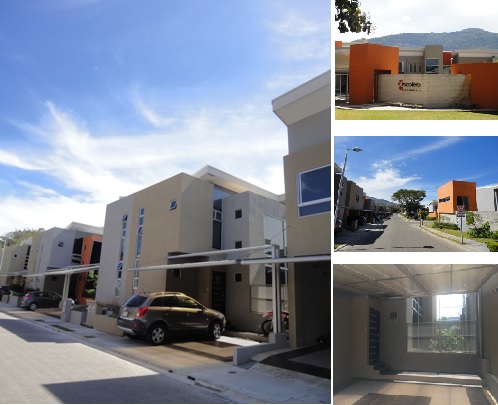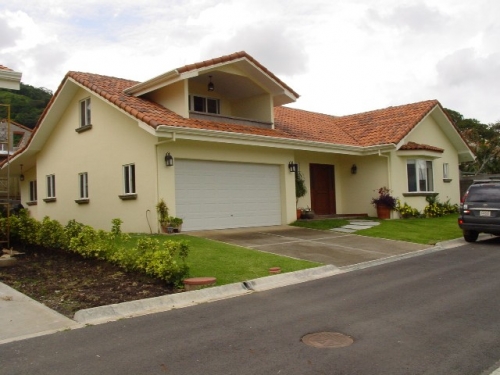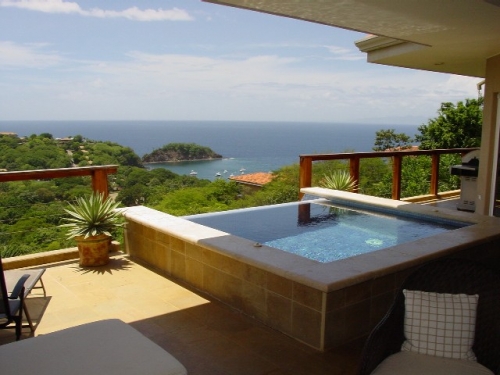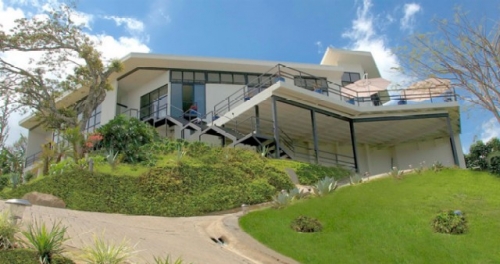Costa Rica Guide
Costa Rica Real Estate
List your property today!
Inclusion of real estate listings at Costa Rica Guide is
absolutely free of charge.
Featured Properties
Costa Rica Guide - Costa Rica Real Estate
Interested in Beach Land? Know the Rules
By Guillermo Escofet
The Tico Times
March 6, 1998
The Maritime Zone is a 200-meter wide strip of land running parallel to the coastline, starting at the high-tide line. It is public land, and cannot be possessed as private property.
The Zone is divided into a 50-meter strip closest to shore, where no concessions or development are allowed, and the remaining 150 meters further inland, where you can lease land from the local municipality, as long as you meet the legal prerequisites, including:
1. The area to be leased must be plotted with border markers ("mojones"), indicating the high-tide line and the line where the 150-meter sector starts. Many beaches in Costa Rica still have not had this done. In these cases, you have to apply to the National Geographic Institute for a survey to be carried out.
2. Find out if the beach has been declared of interest for tourism, by checking with the Concessions Department of the Costa Rican Tourism Institute (ICT). If no declaration exists, you must apply for one. If the beach is of interest for tourism - which is the case with most of the country's beaches - it needs a Regulatory Plan. If not, it needs only a Land-Use Plan.
3. Most beaches still lack a Regulatory Plan - a zoning plan dividing the beach into separate land-use areas (residential, recreational, tourism, commercial, green area, camping). Without it, a municipality can give permits only for construction of temporary structures, such as a kiosk or a hut. However, municipal corruption and incompetence mean that much of the tourism development that has taken place in the Maritime Zone has been done with no regulatory plan. Many buildings in the country's beach resorts risk being knocked down once regulatory plans have been carried out, if their location does not coincide with land-use indicated in the plan.
4. The land to be leased must be evaluated by the Direct Taxation Agency, to define the amount to be paid in land tax.
Concessions are given on a first-come, first-served basis, giving priority to those who possessed the land beforehand. They cannot be issued to foreigners who have resided in Costa Rica for fewer than five years, nor foreign-based or -owned companies. Only companies with 50 percent or more Costa Rican capital can apply for a concession. Many foreigners get around this by putting the concession in the name of a Costa Rican partner.
Concessions cannot be sold or transferred without prior approval from the relevant authorities - the municipality, the ICT or the Agricultural Development Institute (IDA). The concession is the land lease. To build on the land, you need a construction permit, a long and involved application. You can build only according to what the zoning plan allows. The regulatory plan is the most time-consuming and costly phase of obtaining a concession. It involves different surveys, looking at the area+s biology, geography, geology, sociology and architecture. It can take one to two years to complete. Then it must be submitted to public hearings for final approval.
(Source: Manual de la Ley sobre la Zona Marítimo Terrestre, by Franklin Paniagua and Lubín Villalobos, Editorial Universidad de Costa Rica. Available from CEDARENA.)
Copyright 1998
Note: The above information is not to be used for any other purpose other than private study, research, criticism or review. Thank you.






